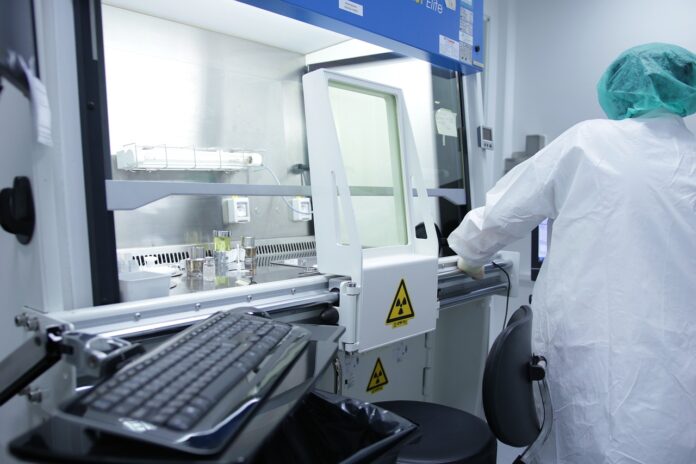GENERAL AWARENESS AND BACKGROUND
The electrical and electronics are relevant in every economy because they play strategic roles that range from industrial, environmental, agricultural and socio-economic aspects of the society (Onuoha, 2010).
ECONOMIC, SOCIAL AND INDUSTRIAL RELEVANCE
The relevance of the electrical and electronics has shown renowned usefulness in the process of development, providing vocational and technical education for many through learning experiences that make them adequately equipped for employment (Nnabio & Anthony, 2014).
Electronical gadgets are used in performing different activities with vast speed, making hard work less tedious, saving time, money and resources. They play many roles in various. sectors such as entertainment, information and communication technology (ICT), health, government, commerce, banking, agriculture and education, among others. Some examples of these gadgets used daily are phones, radio, refrigerators, GPRS Navigation systems, cameras, hospital gadgets, ECG machines, automated visual field analyzers, and digital glucometers (Onyinye, Oparaocha, Okezie & Azuamah, 2014).
RAW MATERIALS, PRODUCTS AND BY-PRODUCTS
Electrical insulation materials include surge protector, metal clad, cooker unit, multi-socket and switches. Others are: electrical conduits, such as rigid steel, lighter steel, PVC or plastic, aluminium, PVC coated, electrical wire, circuit breakers, electrical connectors, electrical box, cables, meter seals, lugs and motor control. As ICT advances, there is an increased demand for electronics.
REFERENCES
Nnabio R.R & Anthony N.T (2014). Enhancing Electrical/Electronic Technology: The Way Forward To Nigerian Security Challenges. Journal Impact Factor. Volume 5, Issue 5, May (2014), pp. 01-07.
Onuoha C. Kinsley (2010). The Electricity Industry in Nigeria: What are the Challenges and Options Available to Improve the Sector? Research Gate. Retrieved from https://www.researchgate.net/publication/228283290_The_Electricity_Industry_in_Nigeria_What_are_the_Challenges_and_Options_Available_to_Improve_the_Sector#fullTextFileContent
Onyinye Nwala, Oparaocha, Okezie Ahuama & Azuamah Young (2014). The Revolutional Use of Electronic Gadgets in Nigeria: The Public Health Implications. International Journal of Research, 1(11):136-156.
The article was written by Ama Goodness and edited by Evans Osabuohien & Osagie Ekhaguere











